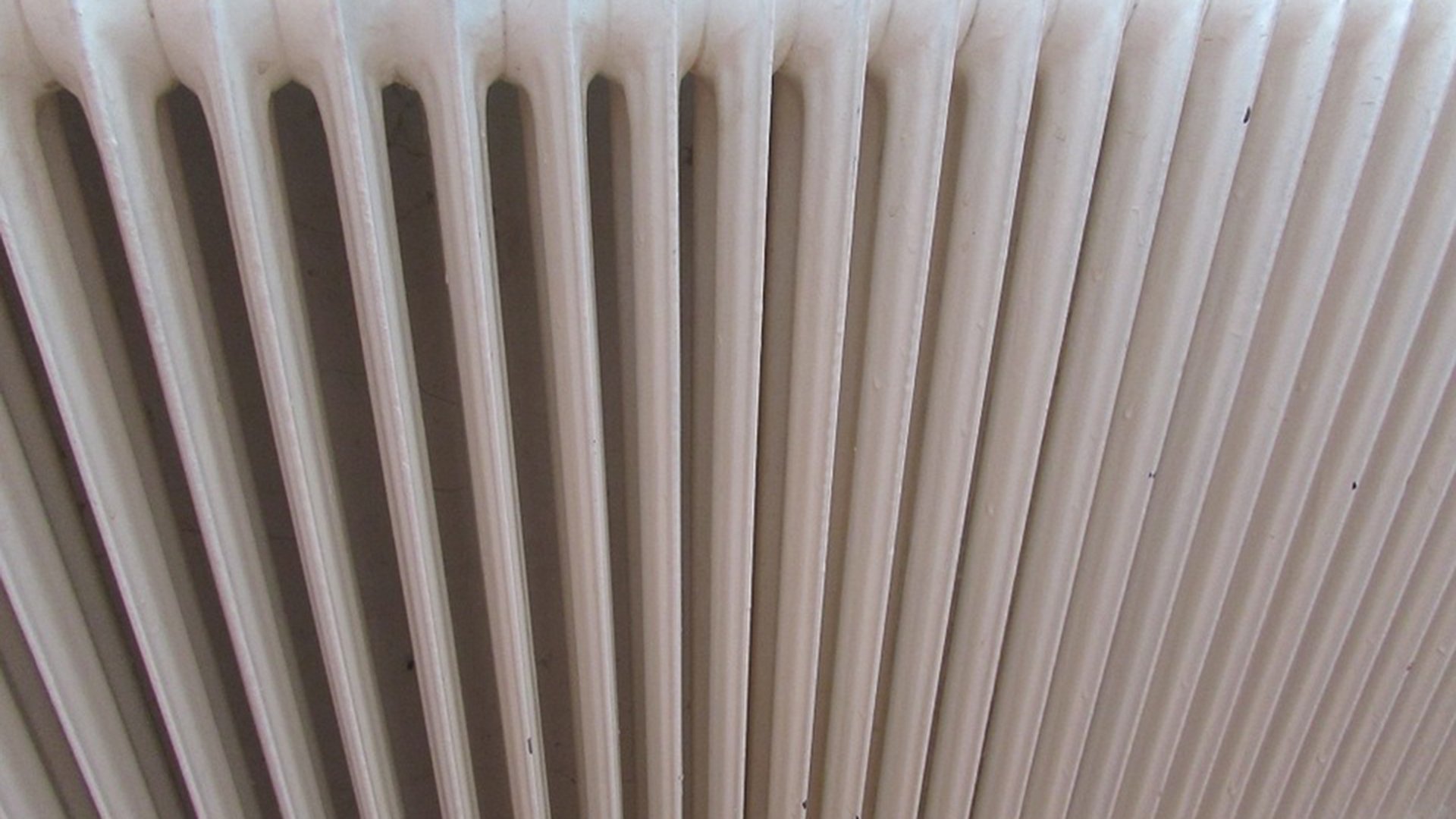Most microbes are unable to survive temperatures exceeding 60⁰C. And yet, inside the scorching hot central-heating boilers of American households, researchers have discovered microbes of a kind normally only found in hot springs. In fact, it turns out that Thermus scotoductus in particular feels perfectly at home in most domestic central-heating boilers.
This finding was made by researchers at the Penn State Astrobiology Research Center and NASA Pennsylvania Space Grant Consortium, who collected water samples from households across all fifty US states and tested them for the presence of microbes. Half of the samples were found to contain microbes, one of which was Thermus scotoductus.
Thermus scotoductus is what is known as an extremophile. These are organisms that thrive in extreme conditions such as steamy hot springs. But the water inside household boilers also offers an ideal habitat for Thermus scotoductus, which prefers environments with high temperatures that are nutrient-poor. The microbe will also brave other conditions and lower temperatures, however, enabling it to travel from one hot water source to another. It can also pass from the boiler into the tap. Fortunately, these extremophile microbes are not harmful to humans, so drinking this tap water is perfectly safe.
The scientists are keen to learn more about the microbes that live in our homes and how they spread, something about which we know very little, and to figure out how certain microbes get inside our homes in the first place. What we do know now, in any case, is that extremophiles live not only in extreme conditions outside, but also in our own domestic environments.
Source: Phys

